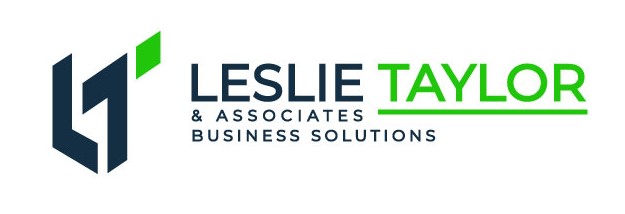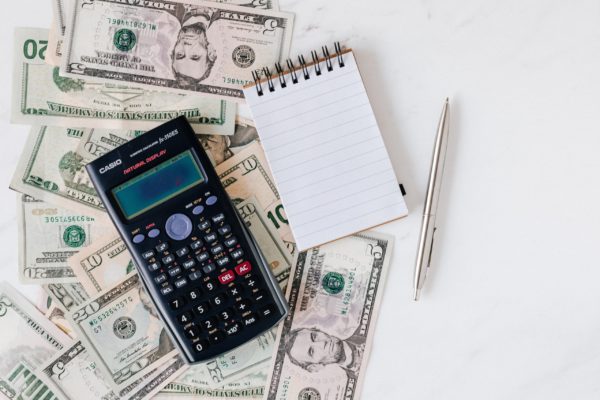The PPP, or Paycheck Protection Program, ended on May 31, 2021. If you received one, there are some things you need to know to ensure the process moving forward goes smoothly.
First, the PPP is a U.S. Small Business Administration (SBA)- backed loan to assist businesses in keeping their workforce employed during COVID-19. The loan was designed to provide incentives for small businesses to keep their workers on payroll. The program includes both First Draw and Second Draw PPP loans. The most important aspect of the PPP, in my opinion, is the fact that if the business owner follows the rules, the money is free!
First and Second Draw PPP Loans
First Draw PPP loans were used to help fund payroll, benefits, utilities, mortgage interest, rent, and other operating expenses.
After releasing the First Draw PPP Loan, certain borrowers that previously received a PPP loan were also allowed to apply for a Second Draw loan with similar usage and terms.
If you have received funds, congratulations!!! Now, let’s make sure you can get your loan forgiven.
PPP loan forgiveness
You may be eligible for complete loan forgiveness if you upheld the following:
- Employee and compensation levels were maintained
- The loan proceeds were spent on payroll costs and other eligible expenses
- At least 60% of the proceeds were spent on payroll costs
You can request loan forgiveness up to the maturity date of the loan. If you do not request forgiveness within 10 months of the last covered period day, PPP loan payments will not be deferred and PPP lenders will come looking to you for their money!
To apply for forgiveness
First, contact your PPP lender and complete the appropriate SBA Form —3508, 3508EZ, 3508S, or the equivalent from your lender. Don’t worry, your lender will direct you to the appropriate form.
Next, compile your documentation. While the specifics will vary between lenders and your situation, this will include such items as bank account statements, payroll reports, invoices, receipts, and financial statements. While you may not be asked for all these documents, you do need to hold on to them as borrowers are required to retain all records to prove proper usage of funds. Keep these documents for up to 4 years. The lender and the SBA have the right use these documents now, and in the future, to confirm your eligibility.
Now you can submit the form and documentation to your PPP lender. Be sure to communicate with your lender throughout the process to ensure nothing is missed.
Finally, with forgiveness granted, check this task off your to-do list because you can now fully enjoy this free cash infusion into your business!
Need guidance? I’m here to help. As a business solutions expert, I have helped dozens of businesses untangle complex issues and clarify a path to greater profitability.
Check out my free guide to The 5 Missteps That Limit Your Business’s Profitability to unblock common barriers to profitability that I observe way to often among way too many businesses.
OR
Schedule a Discover & Strategize Session for a quick consultation and action steps moving forward!

